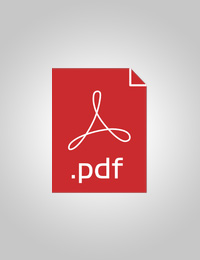
Mid-term Evaluation of the Support to the Development and Implementation of a Green Growth and Economy Approach to Rwanda?s Economic Transformation
Output 1.1.2 Marginalised groups, particularly the poor, women, people with disabilities and displaced are empowered to gain universal access to basic services and financial and non-financial assets to build productive capacities and benefit from sustainable livelihoods and jobs
Goal 13. Take urgent action to combat climate change and its impacts
Goal 15. Protect, restore and promote sustainable use of terrestrial ecosystems, sustainably manage forests, combat desertification, and halt and reverse land degradation and halt biodiversity loss
13.2 Integrate climate change measures into national policies, strategies and planning
15.2 By 2020, promote the implementation of sustainable management of all types of forests, halt deforestation, restore degraded forests and substantially increase afforestation and reforestation globally
1: Others



This evaluation of the Support to the Development and Implementation of a Green Growth and Economy Approach to Rwanda is still ongoing and requires the involvement of many stakeholders. So, we are requesting you to help in changing the end date till June 30th, 2018.